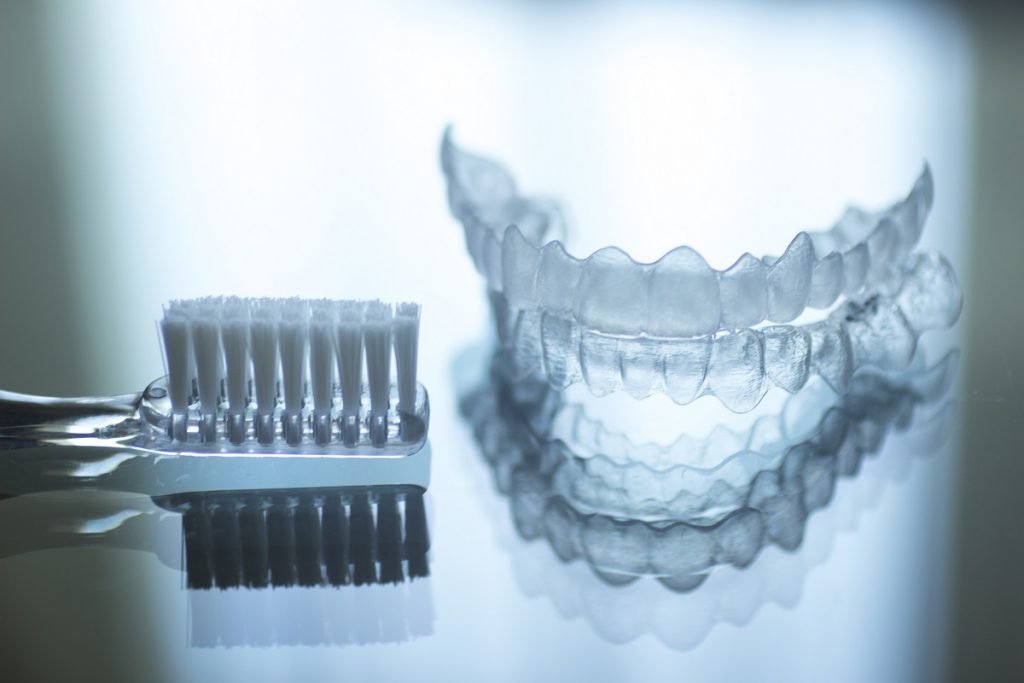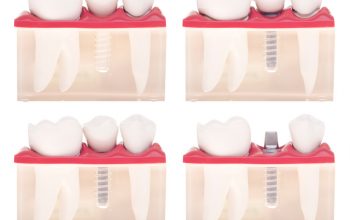

In the digital age, the accessibility of a website is paramount to its success. For dental websites, this is crucial as it ensures that everyone, regardless of their abilities or disabilities, can access the services and information provided. Achieving this is not merely a matter of social responsibility; it’s a legal requirement under various international laws and standards such as the Web Content Accessibility Guidelines (WCAG). Accessibility compliance is about ensuring your website is user-friendly, navigable, and understandable for all. This pertains to features such as contrast for those with visual impairments, text alternatives for those with hearing impairments, and structured layouts for those using assistive technologies. Therefore, when it comes to ‘dental websites‘, accessibility isn’t just a courtesy; it’s a necessity.
Understanding Accessibility Compliance
Accessibility compliance is a crucial aspect of web design that ensures digital platforms are usable by as many people as possible, including those with disabilities. This involves following established guidelines like the Web Content Accessibility Guidelines (WCAG), which provide a framework for creating accessible content online. These guidelines cover various elements such as text readability, colour contrast, keyboard navigation, and providing alternatives for non-text content. An accessible ‘dental website’ will consider these factors, ensuring that its content can be accessed and understood by all potential users. Hence, accessibility compliance is about inclusivity and making sure no one is left out of accessing crucial information and services.
Why is Accessibility Compliance Essential for Dental Websites?
The importance of accessibility compliance for dental websites cannot be overstated. Firstly, it ensures that everyone has equal access to crucial health information and services. This is particularly important in the dental industry, where clear information and easy access to services can have a direct impact on a person’s oral health. Secondly, non-compliance can lead to lost potential clients. If a website is not accessible, it may be difficult for individuals with impairments to navigate or even access it, meaning these individuals may take their business elsewhere. Lastly, there are legal implications. Many countries have laws requiring websites to be accessible, and non-compliance could lead to legal action.
The Benefits of Accessibility Compliance
Compliance with accessibility standards for dental websites fosters numerous benefits. For starters, it enhances the user experience, making the site more intuitive and easier to navigate for all visitors. It broadens the website’s reach, allowing everyone, including individuals with disabilities, to access its content and services. This inclusivity not only complies with legal requirements but also boosts the site’s reputation, showing that the dental practice is committed to serving all members of the community equally. Additionally, an accessible website improves SEO performance. Search engines, like Google, prioritise sites that adopt accessibility standards, leading to better ranking on search results. Ultimately, accessibility compliance for dental websites is not only a legal and ethical responsibility, but it also makes good business sense.
Challenges in Maintaining Accessibility Compliance for Dental Websites
Despite its importance, maintaining accessibility compliance for dental websites can prove challenging. Keeping abreast of changing regulations and standards is time-consuming and requires a deep understanding of the subject matter. Moreover, implementing accessibility features might require significant changes to the website’s design, structure, and content. For instance, designing for users with visual impairments can necessitate higher contrast ratios or larger text sizes. Similarly, providing captions and transcripts for multimedia content can be labour-intensive. Furthermore, the onus is on the website owner to regularly test their site for compliance, as non-compliance can result in legal repercussions. Therefore, while crucial, maintaining accessibility compliance for dental websites can be a complex and ongoing process.
Best Practices for Ensuring Accessibility Compliance
To ensure accessibility compliance, dental websites should adhere to several best practices. Firstly, follow the Web Content Accessibility Guidelines (WCAG), which detail the necessary standards for accessible web content. Secondly, perform regular audits using accessibility testing tools to identify any areas of non-compliance. Thirdly, design your content to be easily navigable, with clear headings and a logical structure. Include alt text for images, transcripts for videos, and ensure that forms are accessible and easy to fill out. Additionally, make sure your website is keyboard-friendly, as some users cannot use a mouse or trackpad. Lastly, consider the contrast and font sizes to accommodate users with visual impairments. Ensuring accessibility compliance entails a commitment to inclusivity, and these practices lay the groundwork for a more accessible and user-friendly site.
The Future of Accessibility Compliance in Dental Websites
The future of accessibility compliance for dental websites promises to be transformative. As technology advances, so too will the tools and techniques used to make websites more accessible. Expect to see a greater reliance on AI and machine learning to automate the process of identifying and resolving accessibility issues. Moreover, as virtual and augmented reality technologies become more prevalent, new standards will emerge to ensure these platforms are accessible. Crucially, with a heightened focus on digital inclusivity, the expectation is that a fully compliant ‘dental website’ will become the norm rather than the exception. This will undoubtedly lead to a more inclusive digital landscape where everyone, regardless of their abilities, can access the vital dental care information they need.




